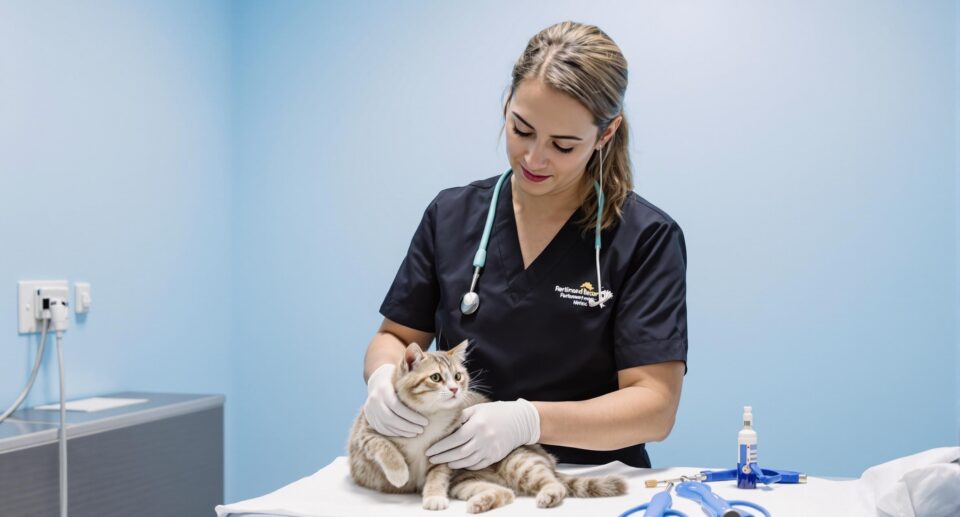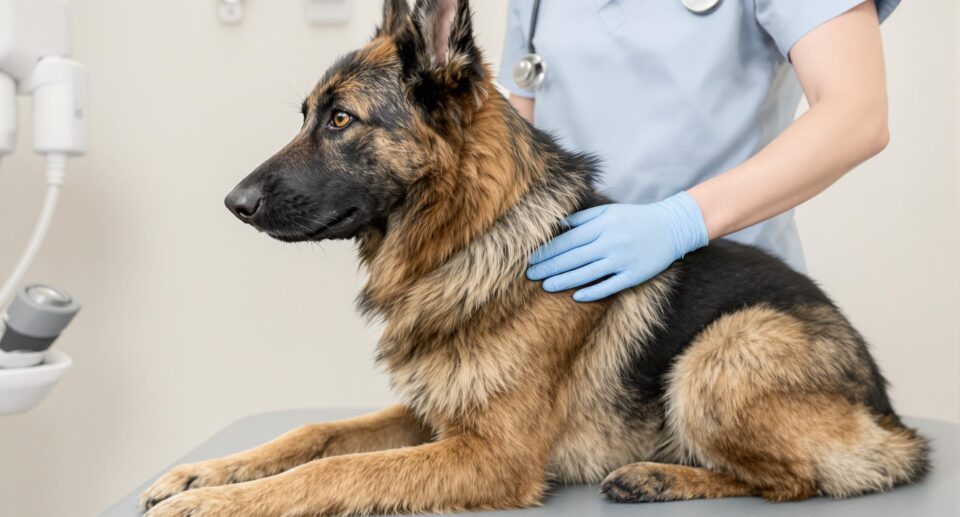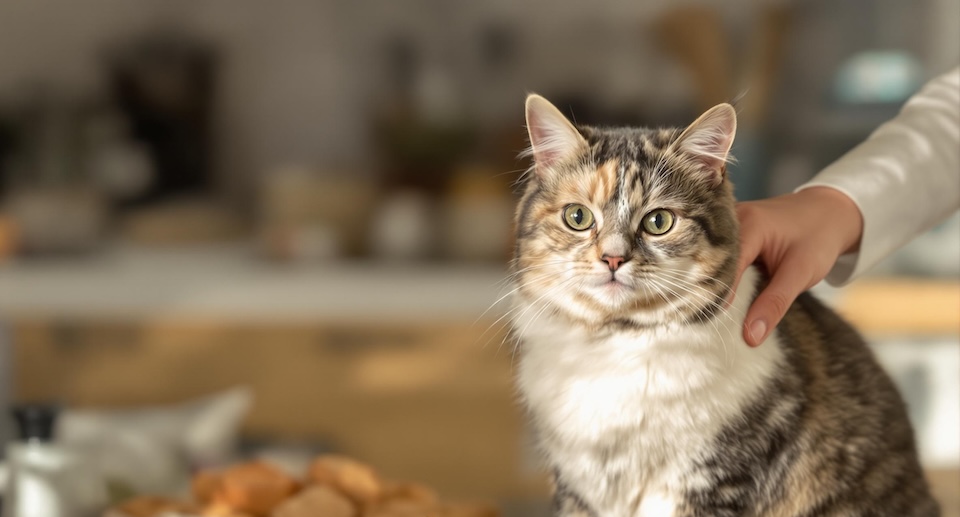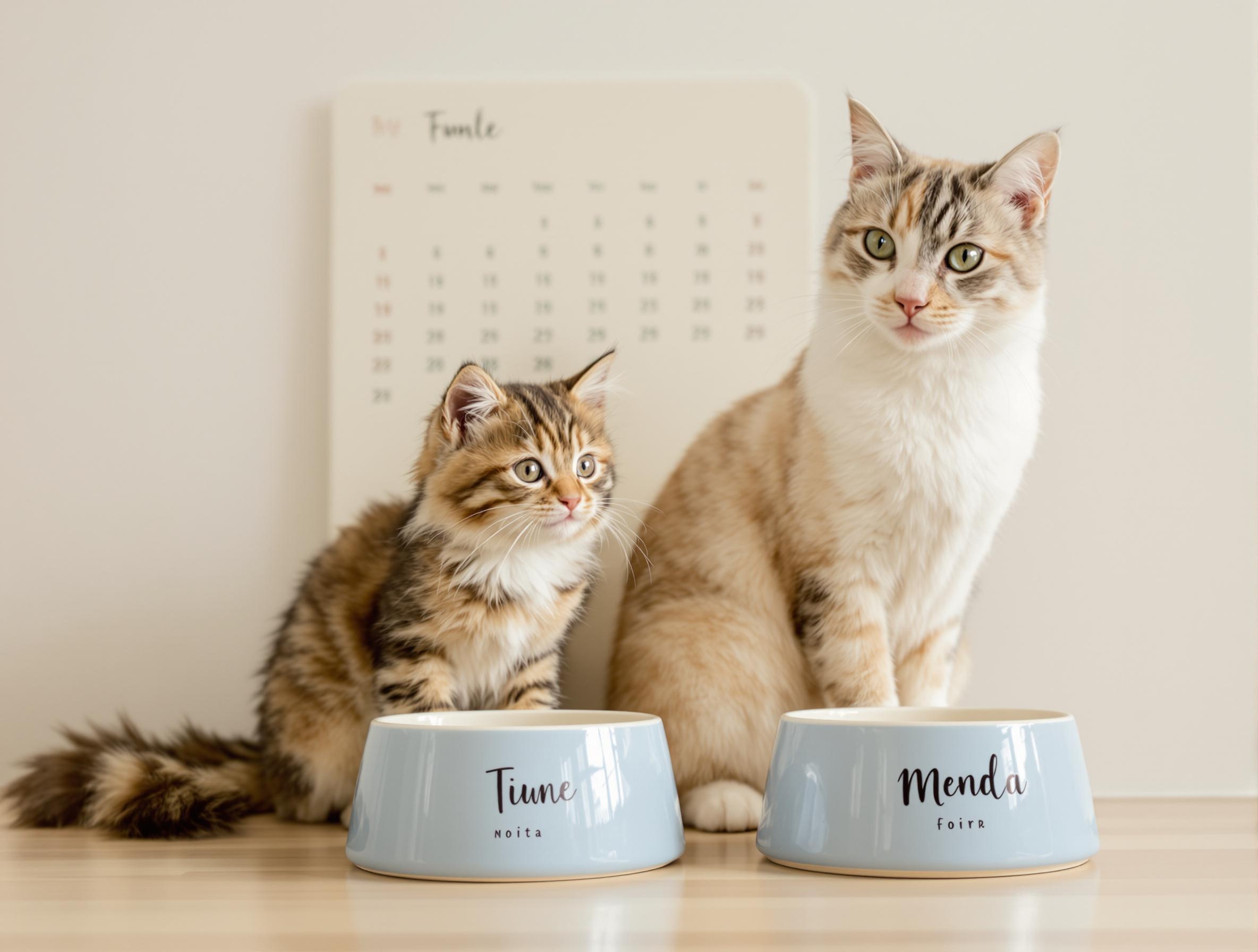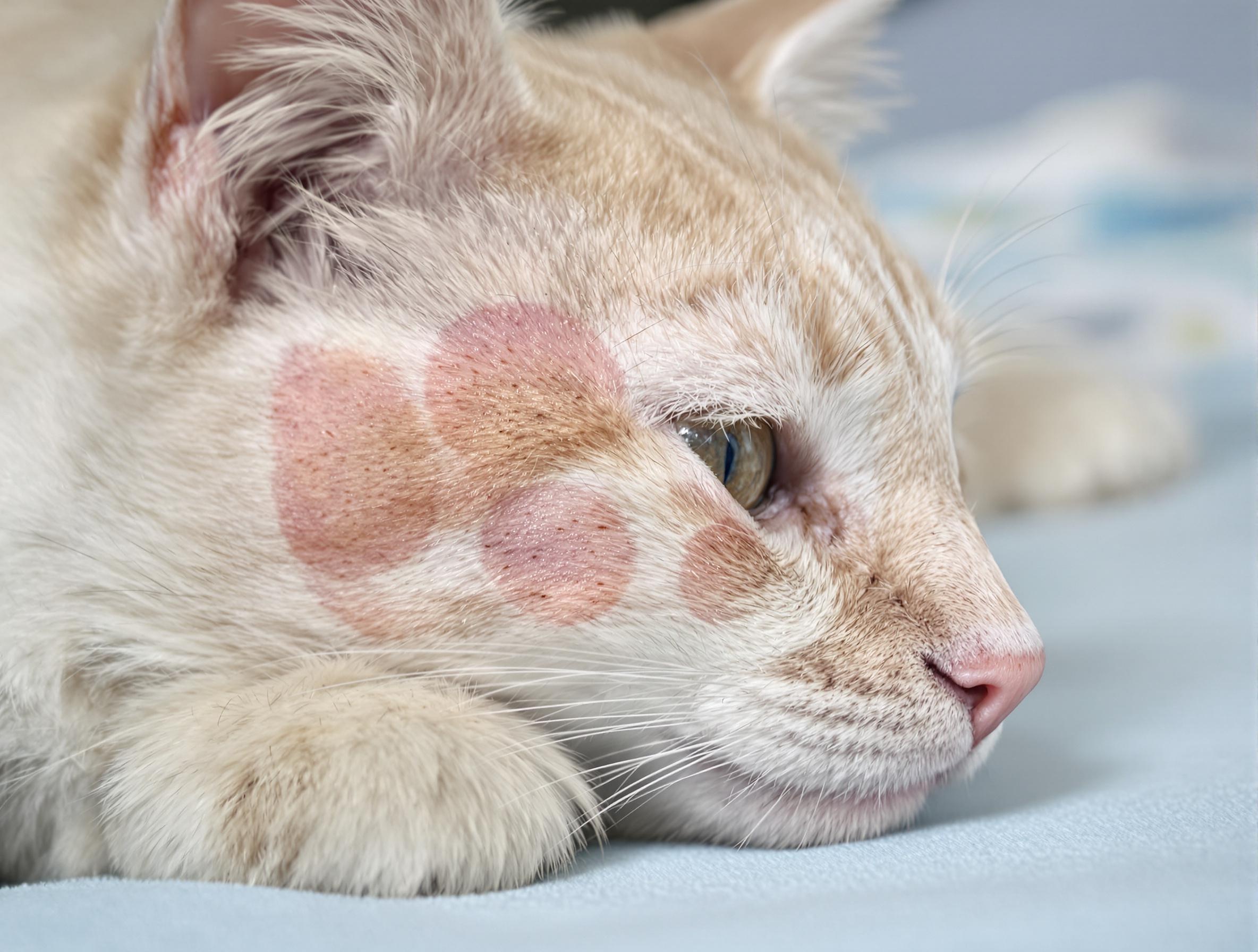5 Most Common Bladder Health Issues in Cats
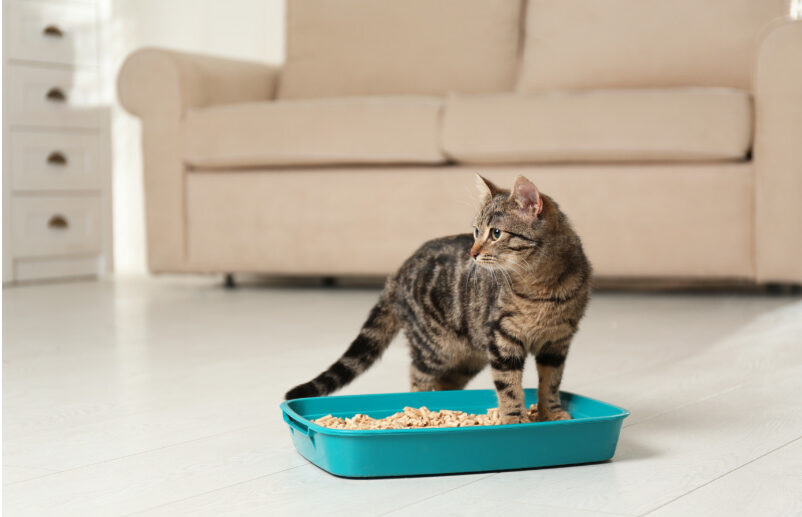
Urinary tract concerns are among the top three reasons cats see their vet. Bladder inflammation, whether brought on by infections, stones, or unknown causes are often painful, and can lead to complications if left untreated. In honor of Bladder Health Month, learn about the five more common bladder health issues in cats, how to spot the signs, and how to support your cat’s urinary tract health.
1. Urinary Tract Infections in Cats
It’s incredibly common for cats to develop an uncomplicated urinary tract infection (UTI) at some point in their lifetime. A urinary tract infection is almost always caused by Escherichia coli (E.coli) bacteria entering the bladder through the urethra. In females, the urethra is shorter and wider, making them more susceptible to infection, though males can get UTIs too.
UTI causes painful inflammation of the bladder walls and the urethra. It’s especially painful when the cat urinates. Some cats will avoid using the litterbox upon associating it with pain. In some cases there will be traces of blood in the urine. The cat might repeatedly lick their genitals to relieve a painful urethral opening.
While common and easily treatable, a UTI requires urgent veterinary care to resolve, as an infection can quickly spread from the bladder to the kidneys, and can even lead to sepsis (blood infection.) Repeated UTIs can lead to formation of scar tissue that narrows the urethra, which can lead to further complications.
2. Feline Idiopathic Cystitis (FIC)
Cystitis refers to pain and inflammation in the bladder, which can be caused by an uncomplicated UTI. Feline idiopathic cystitis (FIC) is bladder pain and inflammation of unknown causes.
While FIC is not very well understood, it usually presents with similar symptoms to a UTI, but the urine will not test positive for infection, though there’s often increased thickness and sensitivity of the bladder walls. FIC believed to be linked to stress.
A cat that may have FIC should be tested for underlying causes like infection, bladder stones, and tumors. Often, cats with FIC respond well to increased hydration, a speciality urinary diet, and supplements like d-mannose to prevent infection.
3. Bladder stones
Bladder crystals form when naturally-occuring minerals in the urine clump together in the bladder. These crystals are normal and harmless, but when they snowball into larger formations, they become uroliths or bladder stones.
Bladder stones, if they become large enough, will start to cause painful issues. They can irritate the bladder lining and the urethra, causing pain when urinating and sometimes, traces of blood, similar to a UTI. In fact, bladder stones can trap urine in the bladder, increasing the cat’s risk of recurring urinary tract infections.
4. Urethral obstruction (blockage)
A bladder stone can partially or completely block the urethra, causing a urethral obstruction or blockage. Obstructions are more common in male cats, whose long, narrow urethra is easily blocked, though a female cat can develop a blockage too. With a blockage, the cat will struggle to pass just a few drops, if they’re passing any urine at all. Urethra obstruction is fatal within 2-3 days if left untreated, and extremely painful. If your cat shows signs of a painful bladder issue, seek emergency veterinary care.
5. Kidney disease
While chronic kidney disease (CKD) isn’t technically a disease that affects the bladder, it affects the same urinary system and can, at first, present with similar symptoms as a UTI. Kidney disease is the long-term decline of kidney function usually seen in cats over ten years old. The first symptoms are usually excessive urination and increased thirst, which in some cats can result in changes in litterbox habits. Cats with CKD also tend to be more susceptible to UTIs.
Caring for Your Cat’s Bladder Health
Cats may be susceptible to urinary tract issues because they’re inherently animals of the desert. They’ve evolved to go long periods without drinking water, and would usually get the majority of their fluid intake from their prey. Our modern cats tend to eat a dry diet and do not usually drink enough water to stay adequately hydrated.
Keeping your cat hydrated is essential to ensuring they urinate regularly, flushing out mineral buildup and bacteria before there’s an issue. Those prone to infections can take supplements like cranberry extract and d. Mannose, which prevent bacteria from sticking to the bladder wall.
Most importantly, see your veterinarian for regular wellness visits. Often, cats can hide signs of pain, and routine blood tests and urine samples can detect unknown issues. Early detection and treatment can prevent long-term complications and help your cat live pain-free.

